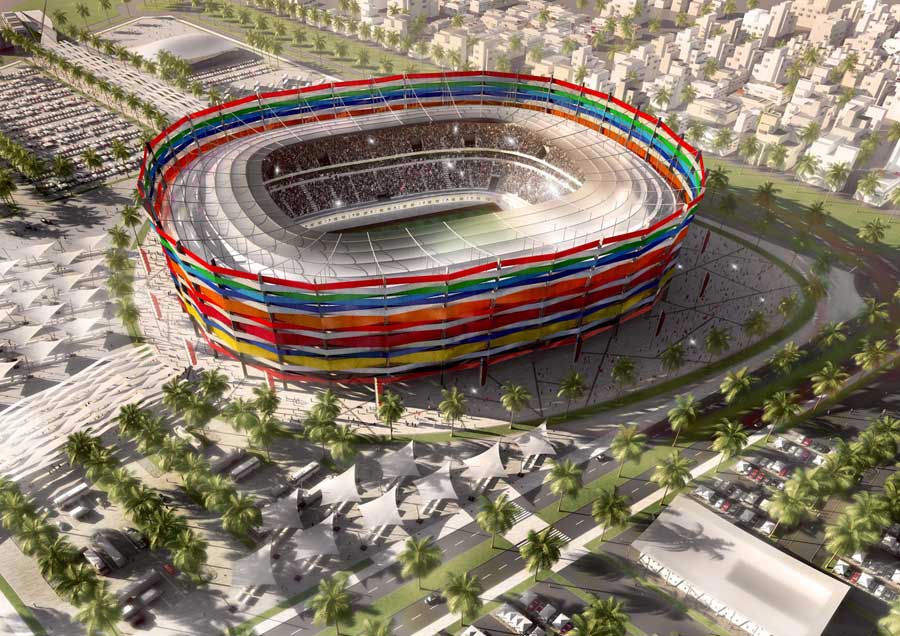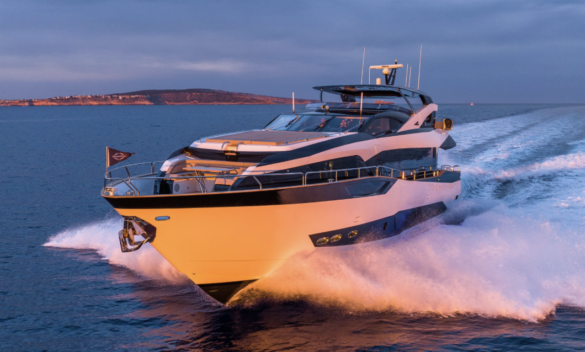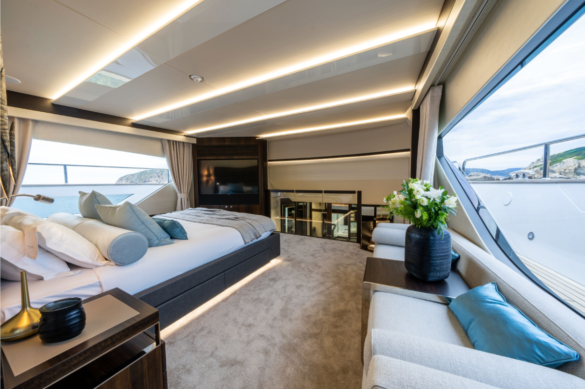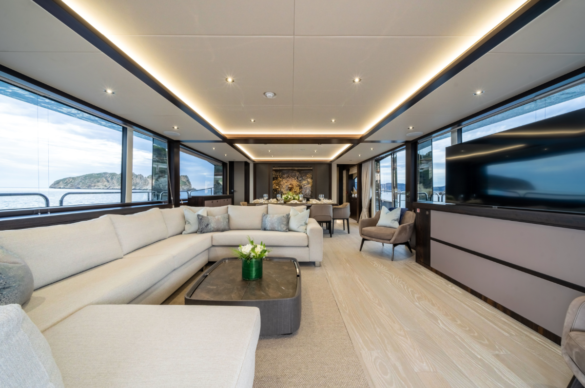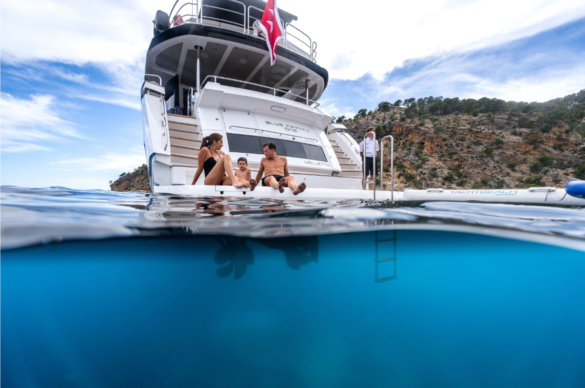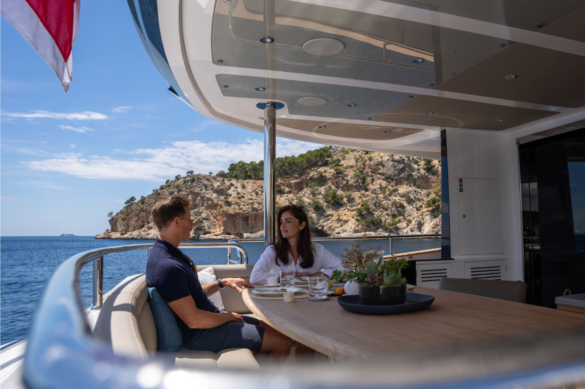Qatar steps up its campaign to bring the World Cup to the Middle East for the first time after unveiling details of five new stadiums and the ‘world-first, carbon-neutral technology’ it would use to cool venues, fan fests and training sites if the Gulf state is successful in its quest to secure the 2022 tournament.
Designed by Albert Speer & Partner GmbH, these proposed stadium designs display striking and dramatic looks but also incorporate state-of-the-art technology in an effort to stand out from the crowd bidding to host this popular tournament. These proposed designs were unveiled to the world at ‘Sport Accord’, the world’s largest sporting convention in Dubai.
The structures are set to exploit the extreme environmental conditions in Qatar by channelling the sunlight to generate a large portion of the stadiums power using solar technology. Using innovative climate control technology, temperatures within the stadiums are set to stay below 28°C, despite the nation’s fierce heat, making the 2022 FIFA World Cup the first ever cooled outdoor sporting event.
At this point, AS&P have presented designs for five football stadiums located across Qatar, two of which are adaptations of existing buildings. The Al Rayyan Stadium is currently situated 20km northwest of the capital, Doha. Plans are to adapt the existing building, surrounding it in a membrane-like structure onto which will be projected match updates, tournament information and other filmic material. Its current capacity it set to be doubled in size by incorporating additional modular components to increase capacity to 44,740.
The second adaptation suggested by AS&P will include Al Gharafa, close to the city of Doha. Also set to double in capacity to 44,740 using a modular upper tier stand, the facade of the existing stadium is to be transformed into a vivid explosion of colour. Ribbon-like elements are to be woven around the circumference of the structure, displaying all the colours of the competing teams.
Al Shamal stadium will be a brand new stadium with a capacity for up to 45,120 people. Proposed to be situated in north of Qatar, the design of this stadium has been inspired by the traditional local fishing boats of the Gulf, ‘dhows’. Around 10% of spectators for Al-Shamal are expected to arrive via the Qatar-Bahrain Friendship Bridge, which will be the longest free-standing bridge in the world.
Al Wakrah – a 45,000 capacity stadium located in the south of Qatar, set in a park setting that includes a themed swimming pool, spa zone, spots facilities and shopping mall. The main stadium entrance will face onto a plaza that will create a sense of one large extended park.
Last, but by no means least, is the design for Al Khor, whose seashell-inspired asymmetrical structure is set in landscaped gardens and is set to hold 45,330 football fans. Some spectators will also benefit from the flexible roof above the stadium, shading them from the intense heat of the Qatari sun.
Besides being able to watch more than one match per day, all stadiums will be linked to the brand new metro system allowing fans to travel from one stadium to another through public transport.
Qatar will have to wait till December 2010 for FIFA will make their final decision as to which of the 11 bidding nations are to host the 2022 FIFA World Cup.

